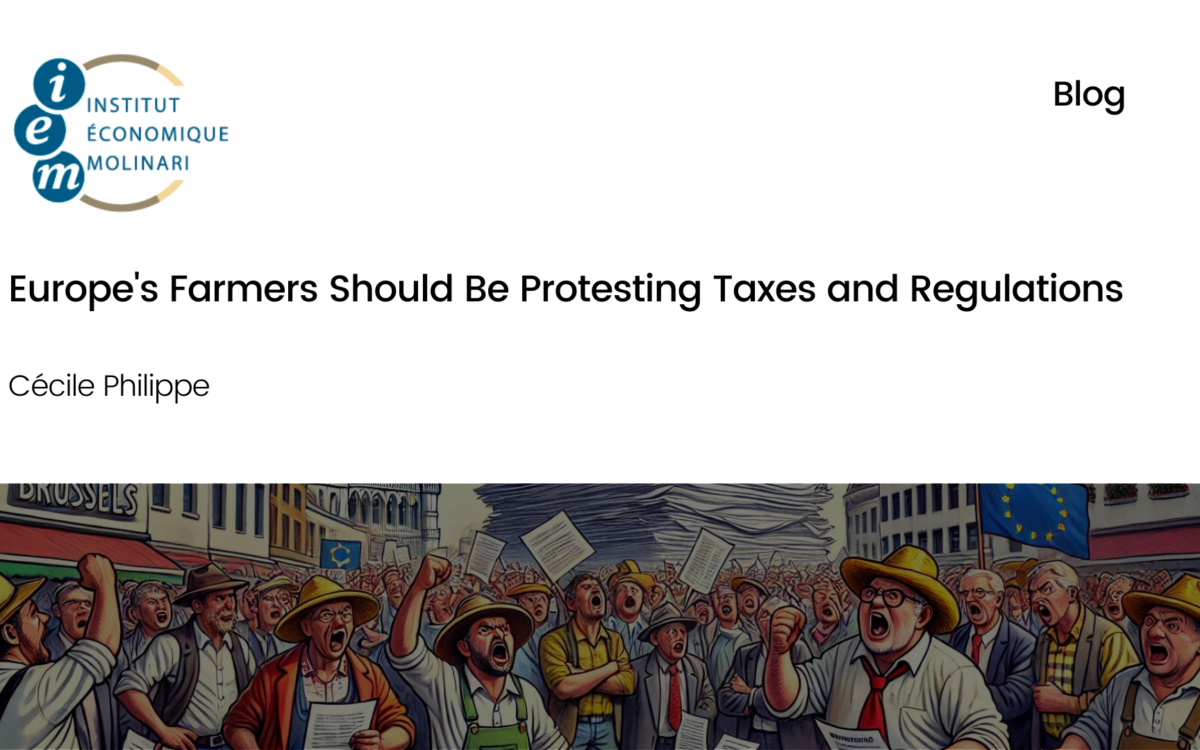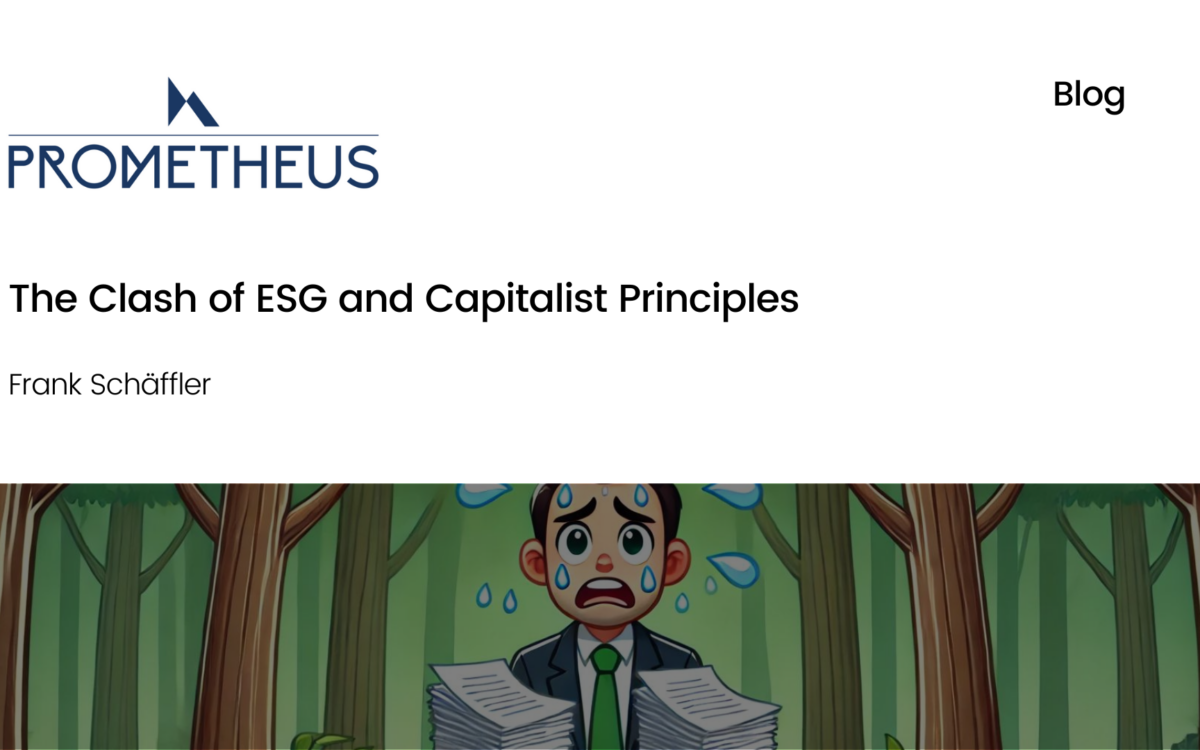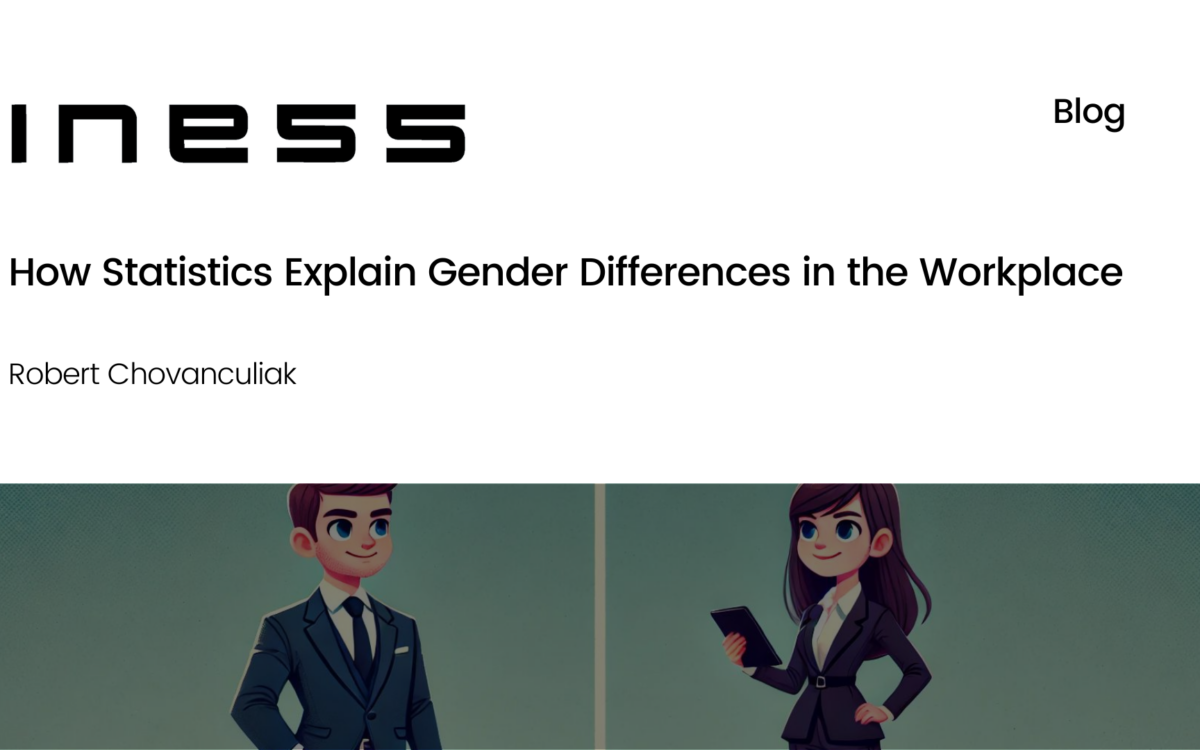EU-Australia Free Trade Deal

EU-Australia Free Trade Deal
Phoebe Weller // 28 April 2017
Earlier this month, a phone-call between EU Trade Commissioner, Cecilia Malström, and the Australian Trade Minister, Steven Ciobo, concluded a year-long scoping exercise on the possibility of an EU-Australia Free Trade Agreement (FTA). These preliminary discussions sought to define the areas covered by any future agreement, and determine the ‘level of ambition’ from both sides. Now, with this stage completed, both the EU and Australia will seek authorisation to begin formal negotiations from Member-States and the Australian Cabinet, respectively.
These discussions mark an important step forward along the path to an EU-Australian FTA. Originally opened in November 2015, negotiations for a free-trade agreement have been frequently delayed, sparking dissatisfaction from Australian commentators and policymakers. Agreed by the Australian Minister for Foreign Affairs, Julie Bishop, and the EU’s High Representative, Federica Mogherini, the EU/Australia Framework agreement provides effective scope for cooperation in areas including foreign policy and security, international trade, migration, and the environment. While including some trade provisions, these are non-binding and non-preferential (i.e. they offer no preferential market access, and no reduction of import tariffs). This agreement was situated within the context of the 2015 Communication, ‘Trade for All – Towards a more Responsible trade and investment policy’, which set out the plan for establishing an EU FTA with both Australia and New Zealand, accounting for the EU’s ‘sensitive’ agricultural policies. Despite these proposals, progress since 2015 has been slow. The recent conclusion of this scoping exercise will come as welcome confirmation for both sides that progress is being made.
Australia is a significant trading partner for the EU, ranking as the Union’s 19th largest partner in 2016. By comparison, the EU currently acts as the third-largest trading partner for Australia, falling directly behind China and Japan. In 2015-16, two-way trade was worth $95.6 billion and total EU investment in Australia equalled almost $1 trillion, indicating the significance of trans-Pacific trade for both European and Australian economies (DFAT 2017). While Australian exports to the EU are dominated by agricultural products and mineral commodities, EU exports are predominantly concentrated around manufactured goods.
As of today, the EU already cooperates with Australia in international trade, including the Trade in Services Agreement (TiSA) and WTO. Somewhat surprisingly, and in spite of their strong political and historical ties, Australia and the EU have previously neglected each other in the rush to conclude FTAs (Adams, Brown and Wickes 2013, 316). As such, present trade and economic relations are underpinned by the EU-Australia Partnership Framework of 2008. It is hoped that a future FTA would build on Australia’s strong and longstanding economic relationship with the Union, complementing it with a bilateral trade agreement.
With no reduction in import tariffs, the current 2008 framework places EU exporters at a comparative regional disadvantage. In particular, high tariffs in Australia on specific agricultural and food products (e.g: cheese, wine and spirits) – areas in which the EU is globally competitive – are damaging for European business growth. Furthermore, Australian biosecurity measures impede the export of some European meat products (notably pig meat) into the Australian economy. Cars imported from the EU into Australia are almost the only to pay import duties in Australia, as FTAs already exist between Australia and the other key car-manufacturing economies: US, Japan, Korea and China. In addition to the numerous bilateral FTAs in the Asia-Pacific region, Australia is currently participating in negotiations for the Regional Comprehensive Economic Partnership (RCEP) as well as the Trans-Pacific Partnership (TPP), which might be concluded even after the U.S. decision to withdraw. This diversion of trade towards the Asia-Pacific region, as well as the enforced screening procedures and regulations of EU products, places EU investors at a disadvantage.
With enhanced market access, trade diversification and export possibilities, an EU-Australian FTA would offset the EU’s trading handicap in the Asia-Pacific. The conclusion of such a deal could level the playing field and realise the thus far untapped potential for European trade expansion in Australia.
Australia similarly has much to gain from a free trade agreement with the EU. Accounting for over 50% of the Australia’s total wine exports, the EU subjects Australian wine to considerable import tariffs under the 2008 Wine Agreement (DFAT 2015). According to the Australian Government, the elimination of tariffs on Australian wines would save an estimated $58 million each year for Australian exporters. In addition, preferential treatment under the EU’s highly protectionist agricultural policies would redress the trade imbalance for Australian farmers.
For both the EU and Australia, an FTA would open up new export opportunities, enhance investment flows and remove trade barriers for businesses – creating jobs and stimulating economic growth. However, despite the anticipated advantages of preferential market access, the EU-Australian FTA is likely to meet a number of considerable complications along its journey to ratification. Useful comparisons can be drawn with CETA, the comprehensive free-trade agreement concluded by the EU and Canada earlier this year. As a similarly ‘like-minded’ partner with strong political ties, Canada’s free-trade agreement was almost unravelled by the decision of Wallonia’s regional government to reject it in October 2016. The fact that an international trade deal worth over €60 billion could be halted by a Belgian region of just over 3.5 million people raised considerable concern for EU trade policy-makers. It publicly exposed the laborious nature of the EU Commercial Policy; something that Steven Ciobo has recently drawn attention to, having experienced first-hand the complicated nature of internal EU processes.
On concluding CETA, the EU hoped that it would provide a blueprint for future FTAs with both Australia and New Zealand. If this is to happen, both parties would do well to prepare for turbulent negotiations. In particular, the Investment Court System (ICS) or Investor-state-dispute settlement (ISDS) provision is likely to prove problematic. During CETA consultations, this provision on investor protection attracted considerable dissatisfaction. Indeed, one of the Belgian compromise agreements was that the ICS be judged in the European Court of Justice. Given that the EU has been Australia’s largest two-way investment partner since 2006, it is likely that investment will feature highly on the negotiation agenda, and that the EU will push for the inclusion of ICS in any future FTA. Already, the question of investment has featured significantly in preliminary discussions. While it is unlikely that the EU will remove the ICS from any future FTA, CETA proved that the EU could be flexible, particularly with discussions deemed slow-paced and wearisome – characteristics that, arguably, the EU-Australian FTA is already displaying.
The ICS is not the only potential sticking-point for Australian negotiators. In fact, given the history of Australian and European economic arrangements, it is highly likely that Australia will reject any EU attempt to introduce human-rights clauses into the agreement. The two actors have a history of disagreement in this regard – following, from 1995, the EU’s decision to include commitments to democratic principles within its trade deals. In 1997, the Australian government rejected a potential European trade agreement on account of the ‘offensive’ and ‘nonsense’ demands for a human rights clause. It was only in 2011 that this stalemate was broken, following the opening of negotiations for the 2015 Framework Agreement.
Today, the decision to begin official negotiations for an EU-Australian FTA would indicate that this troubled past of economic negotiation has been resolved. It would certainly be in the interests of both parties to set this difference aside; offering the EU a level-footing with dominant Asian economies in the Asia-Pacific, and providing Australia with preferential access to the market of its third largest trading-partner. Amidst a focused attempt to solidify trade-agreements in the Asia-Pacific region, the EU should focus on retaining Australian commitment to an FTA, and ensuring the quick initiation of official negotiations. Any failure to do so would be a damaging sign of weakness for the EU as an international institution already under considerable pressure.
References:
European Commission, 2017: http://ec.europa.eu/trade/policy/countries-and-regions/countries/australia/index_en.htm
DFAT, 2017: http://trademinister.gov.au/releases/Pages/2017/sc_mr_170407.aspx
EPICENTER publications and contributions from our member think tanks are designed to promote the discussion of economic issues and the role of markets in solving economic and social problems. As with all EPICENTER publications, the views expressed here are those of the author and not EPICENTER or its member think tanks (which have no corporate view).



